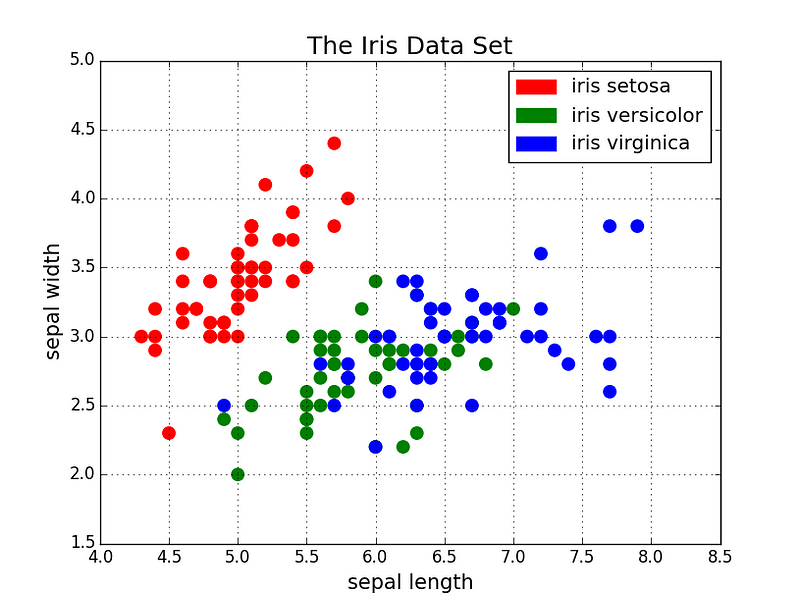
We can adjust the figure size of the grid area using fig.set_size_inches depending on the feature count so that we can prepare a well-scaled area.ĭef myplotGrid(X, y, features, colormap=): Let’s go back to the initial plotting of the grid area and adjust the call of plot_single_pair function. if feature_ind1 = len(_features) - 1:Īx.set(xlabel=_features, ylabel= '')Īx.set(xlabel=_features, ylabel=_features)Īx.set(xlabel= '', ylabel=_features) # Here avoiding printing the labels for inner axis plots. # Print the feature labels only on the left side of the pair-plot figure # and bottom side of the pair-plot figure. Tdf = pd.DataFrame(_X], columns =, _features])Īx.scatter(x = tdf_filtered], y = tdf_filtered], color=colormap) # other wise plot the pair-wise scatter plot Tdf_filtered = tdf.loc=c]Īx.hist(tdf_filtered], color = colormap, bins = 30) """ # Plot distribution histogram if the features are the same (diagonal of the pair-plot). Initially we need to create a grid plot area using the subplots function of matplotlib like below.ĭef plot_single_pair(ax, feature_ind1, feature_ind2, _X, _y, _features, colormap): I am not going to introduce an exceptional case here but creating our pair-plot grid using Matplotlib. But implementing your visualization methods in a custom way give you a chance to know what you plot and may be sometimes very different than the existing ones. You normally won’t necessarily create such home-made functions if they are already available in modules like Seaborn. Since Matplotlib is relatively primitive and doesn’t provide a ready-to-use pair-plot function, we can do it ourselves in a similar way to how Seaborn does. Since a pair plot visually gives an idea of correlation of each feature pair, it helps us to understand and quickly analyse the correlation matrix (Pearson) of the dataset as well. Also the plot type of the diagonal can be chosen among the mostly used kind of plots such as histogram or KDE (kernel density estimate), which essentially plots the density distribution of the classes. The different feature pair plots can be scatter plots or heatmaps so that the class distribution makes sense in terms of correlation. Instead we can just plot the class distribution for that pair using one kind of plot type. So we wouldn’t need to plot the correlation of the feature in the diagonal. That is because the diagonal plots are rendering for the same feature pairs.

The diagonal of the pairplot is different than the other pairwise plots as you see above. Using a pair-plot we aim to visualize the correlation of each feature pair in a dataset against the class distribution. Here is a pair-plot example depicted on the Seaborn site: Pair-plot is a plotting model rather than a plot type individually. With Matplotlib you can plot many plot types like line, scatter, bar, histograms, and so on. Seaborn’s higher-level pre-built plot functions give us good features. In the sense of level we can consider Matplotlib as the more primitive library and Seaborn builds upon Matplotlib and “provides a high-level interface for drawing attractive and informative statistical graphics” ( Seaborn project). There are many others as well but these are de facto standards.

A few well-known visualization modules for Python are widely used by data scientists and analysts: Matplotlib and Seaborn. A pair plot is plotting “pairwise relationships in a dataset” ( seaborn.pairplot).


 0 kommentar(er)
0 kommentar(er)
